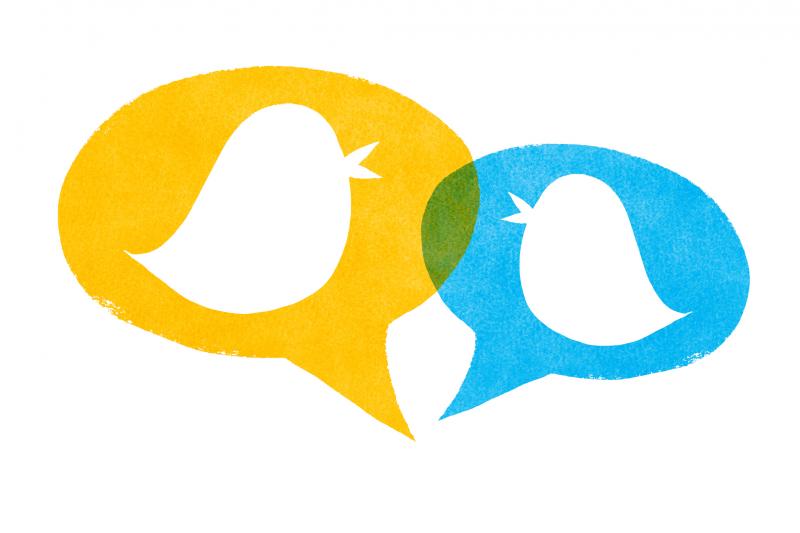
For Your Next Advocacy Campaign, Don’t Underestimate the Power of Twitter.
The simple concept of Twitter is to post short thoughts- 140 character thoughts to be exact. In a just a sentence or two, millions of people worldwide (310 million monthly active users) engage in conversations, find information, and express their feelings on a multitude of relevant topics. Whether it be a large event like a presidential debate or a local issue like a ballot measure, Twitter can be a significant social media platform for your advocacy campaign.
Twitter is a unique platform in that it is a constant stream of live, mostly public thoughts or conversations. Think of it as a digital Town Hall- it allows all voices to be heard, organizes how these voices are heard, and most importantly, it offers lawmakers or influencers a platform to listen and engage. Through hashtags, Twitter allows users to hyperlink keywords that pertain to a certain topic. Hashtags organize thoughts; they lead to the discovery of information, conversations, concerns, and feelings surrounding an issue. Successful Advocacy Campaigns tend to have a hashtag, and it’s a powerful tool. Some great examples are #BringBackOurGirls, #WhyIStayed, #LoveWins, and #Ferguson.
Twitter for Advocacy Best Practices:
A central part of an advocacy campaign is garnering that grassroots momentum to induce a change in a community, town, state, nation, or the entire world. Understanding what Twitter has to offer in your Advocacy Campaign is essential to overall strategy. Here are some best practices to keep in mind when using Twitter for Advocacy.
1. Relevancy is Key
The best and the worst part of Twitter for Advocacy is the importance of staying relevant. Strong campaign targeting through ads, targeting keywords, and staying on top of your tweet game is critical. Most well-known Twitter accounts tweet at least 2-3 times a day.
2. Optimize your Tweets
Optimizing for a social media platform you are using is a given when expanding efforts of engagement. Twitter rewards Tweets that include an image or video; the platform is integrated to bring those tweets to the forefront of a user’s timeline. Include hashtags. Specifically, provide a hashtag that will be used as the keyword surrounding your advocacy issue so people can organize their thoughts and find information.
3. Be Authentic
Tweets that appear scripted tend to be sidelined for tweets that are authentic and show the true voice of a campaign.
Although there are plenty of best practices to use for Twitter, it’s important to remember that Twitter is constantly changing. Keeping up with Twitter and its updates is the most important best practice for your campaign to follow!
For more tools to use on your next advocacy campaign, check out the 100 Best Political and Advocacy Tools list here.
Have questions for us? Get in touch!